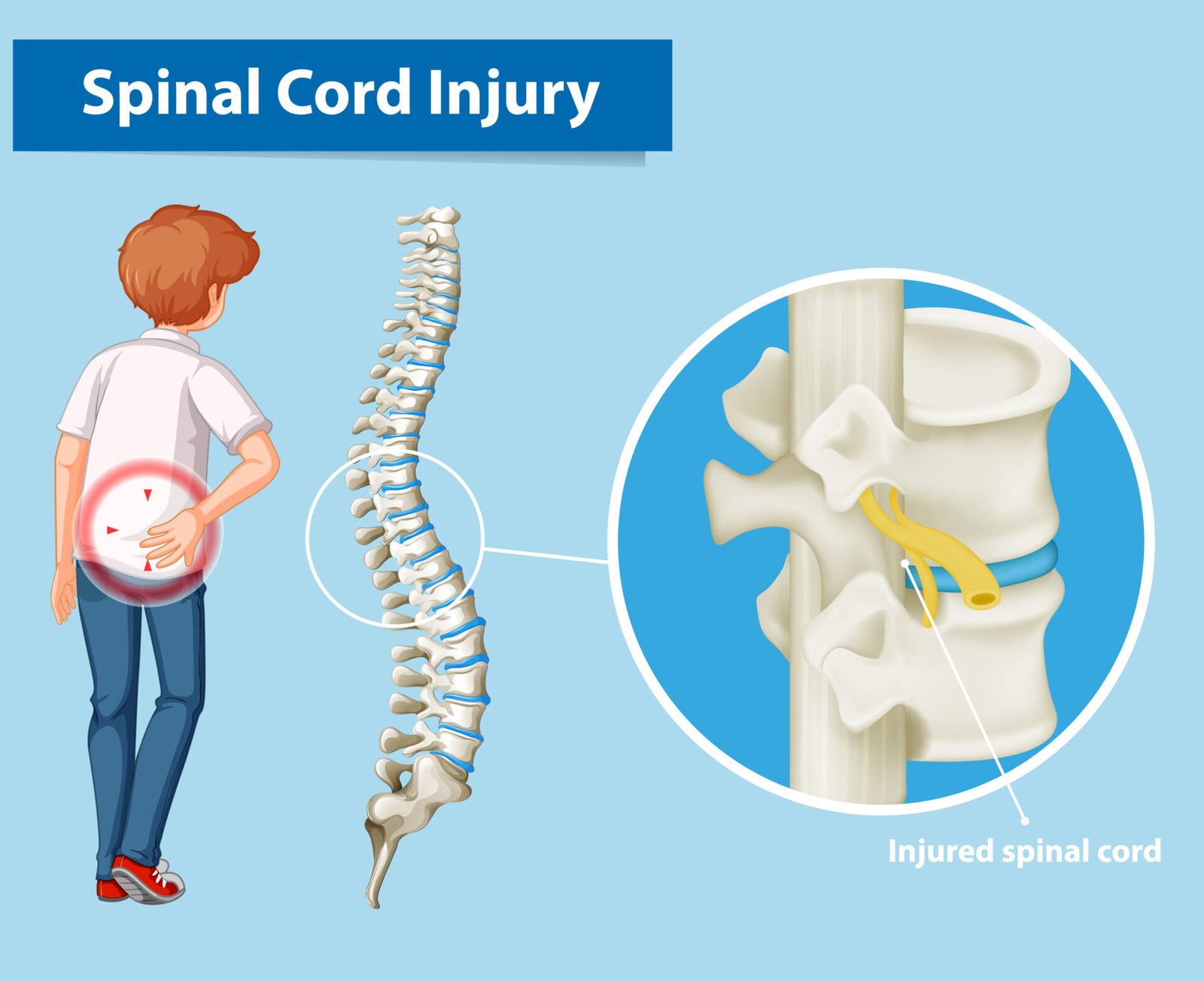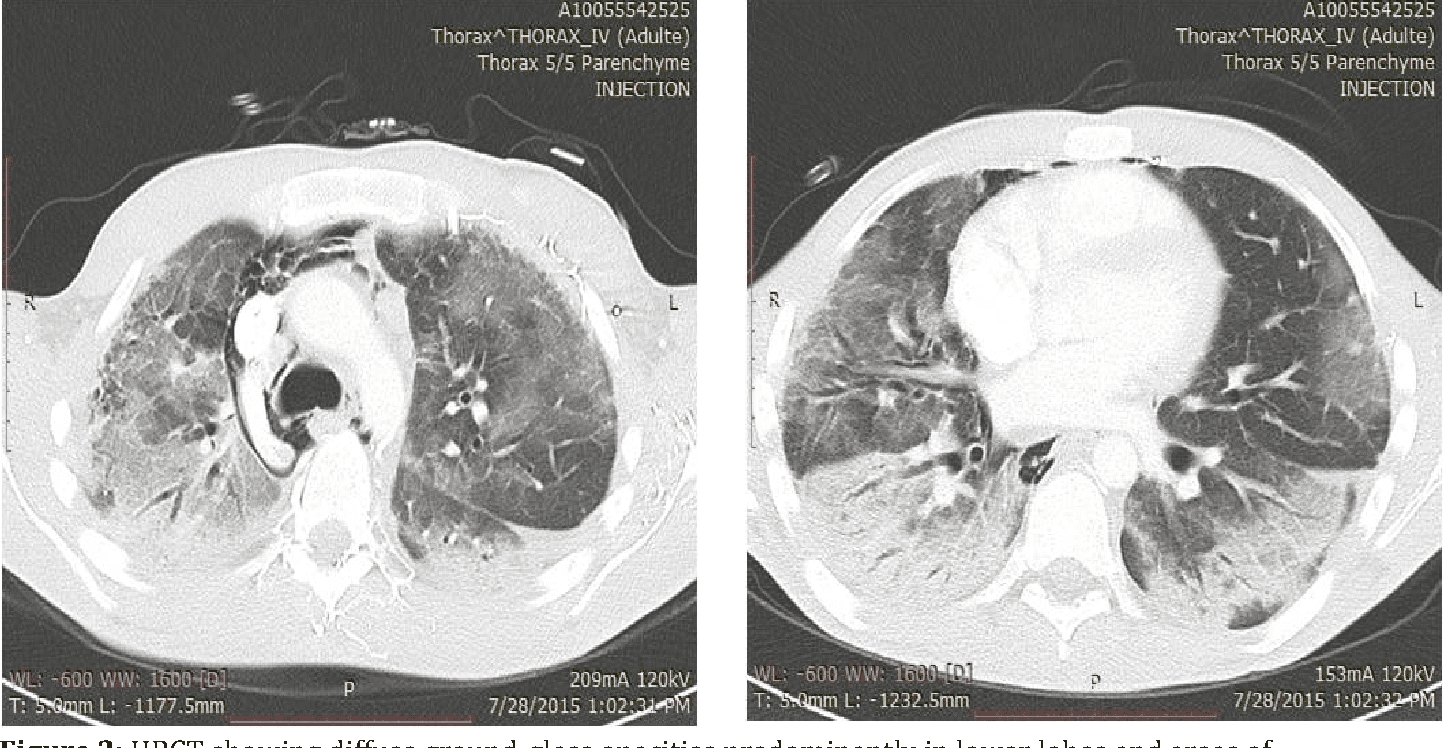Understanding and Mitigating Postoperative Pulmonary Complications
Defining Postoperative Pulmonary Complications Postoperative pulmonary complications represent a significant concern within the realm of surgical medicine. These complications can have profound implications for patients’ overall well-being, contributing substantially to perioperative morbidity and mortality. In this article, we will delve into the definition of postoperative pulmonary complications, delve into pertinent anesthetic physiology, identify patient and … Read more










